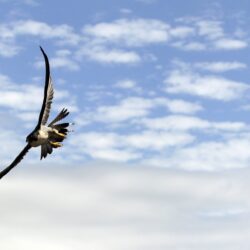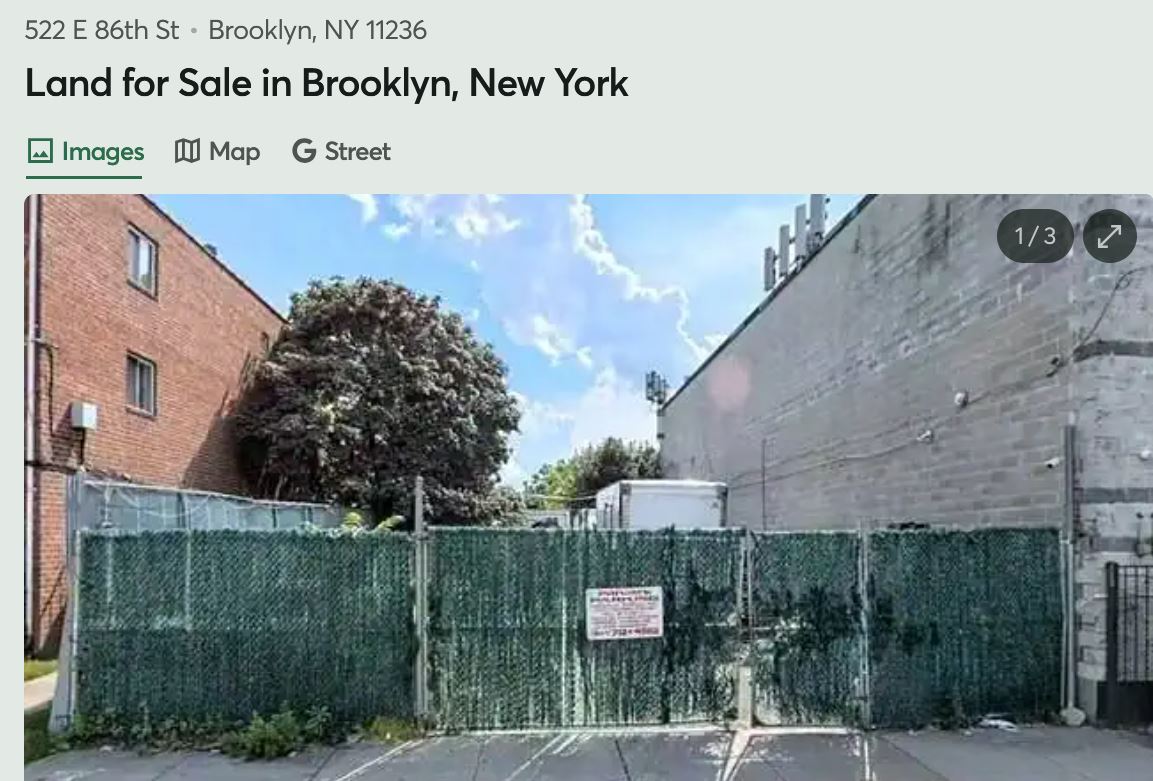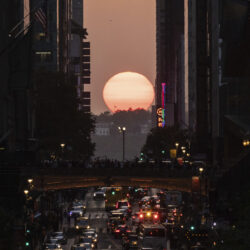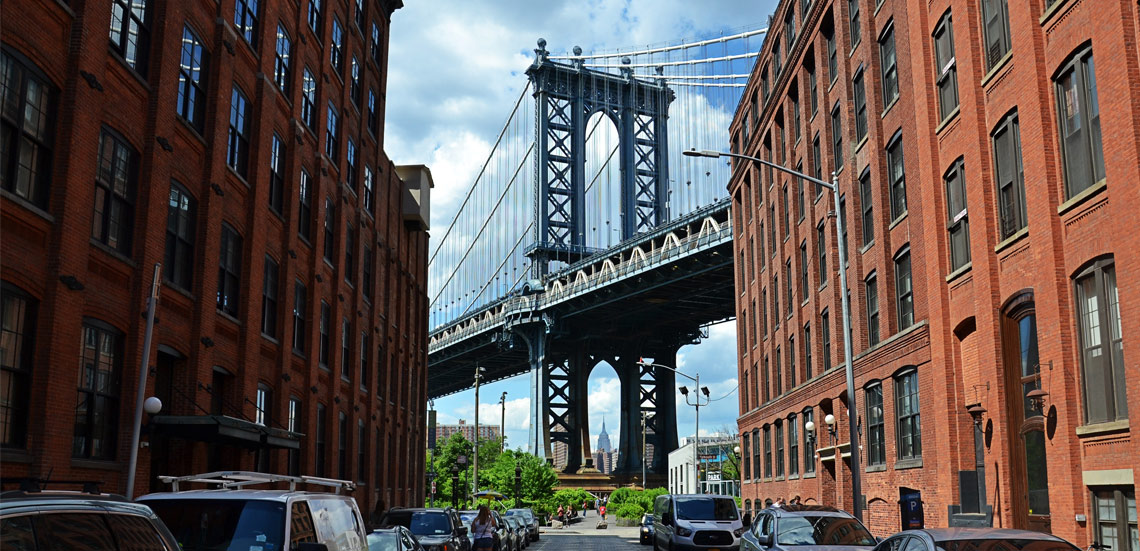
✰PREMIUM
Are Miyawaki mini forests for Brooklyn?
Growing mini-forests in urban areas, along with providing many other benefits, could help local birds.

 Disappearing bird habitats equals disappearing birds. It has been an issue of concern for at least the past 150 years. In the first study of its kind since 2019, a 2022 State of the World’s Birds report found that nearly half of the world’s bird species are disappearing. The Cornell Lab of Ornithology also recently estimated that about half of America’s bird populations are in decline. The Cornell Lab emphasized that in the U.S. and Canada nearly 3 billion birds are gone.
Disappearing bird habitats equals disappearing birds. It has been an issue of concern for at least the past 150 years. In the first study of its kind since 2019, a 2022 State of the World’s Birds report found that nearly half of the world’s bird species are disappearing. The Cornell Lab of Ornithology also recently estimated that about half of America’s bird populations are in decline. The Cornell Lab emphasized that in the U.S. and Canada nearly 3 billion birds are gone.
Disappearing bird populations can impact local ecology. If a piece of an ecosystem is removed, like a bird population, then the food chain is disrupted and the balance of nature is thrown out of whack.
There is of course no overall, comprehensive magic solution. But there is action, if wisely implemented at local levels, that can help. That’s what this particular Brooklyn Bird Watch piece is about.
With the big picture in mind, one of the primary culprits of declining bird populations is deforestation. There are other factors that cause individual habitat disruption (and death) for birds such as predators, pesticides and collisions with glass and steel skyscrapers during migration, but nothing does an extensive job like deforestation. The good news is that birds are miraculously resilient and there are businesses, scientists and devoted bird lovers everywhere trying to help.
Full disclosure: The term climate change has become a political hot potato to say the least, while being a rather nebulous term that could mean any of a number of different things for different people with different views, agendas, and different levels of knowledge on a particular subject. For the time being, Brooklyn Bird Watch is primarily concerned with how habitat disruption, however that happens, can impact the life and existence of birds, and what things people are doing to help reverse the negative impact.
Currently trending around the world is the local planting of self-sufficient mini forests. Obviously, when you plant a mini forest in your city or neighborhood, that mini forest by itself will not stop whatever global deforestation is taking place, yet it still cannot be denied, the action taken can help. If a mini forest can, among other beneficial things, serve as an urban bird habitat, then that development by itself can become at least a small part of a solution.
The mini-forest movement has been inspired by a method of planting called the “Miyawaki Method” of growing a dense, bio-diverse forest with native trees in a relatively small urban area.
Akira Miyawaki (1928-2021) was a prominent Japanese botanist who dedicated his life to the study of plant ecology and their natural habitats. Miyawaki developed his namesake method and influenced decisions on planting these forests in over 17,000 areas around the world, including over 1,400 sites in Japan alone.
This method and Miyawaki’s influence have led to the creation of over 3,000 primary forests and the planting of over 40 million native trees worldwide, as of March 2023. Miyawaki forests can be grown on parcels of land as small as 50 square feet or as large as five square miles.
Cara Buckley, who writes for the New York Times about people who are working on climate solutions, published an article in March 2024 about mini forests (also called “pocket forests”). Environmental groups and conscientious city officials everywhere are now on the lookout for “pockets” of empty land throughout cityscapes that might be suitable for a dense mini-forest.
Buckley wrote: “A trend that’s gaining momentum around the world is set to finally arrive in Manhattan. It’s a tiny forest, to be planted on the southern end of Roosevelt Island, in the East River, this spring. According to its creators, it would be the first of its kind in the city and would consist of 1,000 native plants, trees and shrubs, covering just 2,700 square feet.”
Also in the article Christina Delfico, founder of iDig2Learn, is quoted saying, “We’re an island. We think about flooding, we think about storm surge, and the best treatment is to plant a tree. The roots will stabilize the land. With good soil, there won’t be flooding. The concrete jungle needs pocket forests.” iDig2Learn is a nonprofit group that works to reconnect people with nature and that is helping to lead the project.
Although Ms. Delfico seems to be, and to her credit, primarily concerned with flooding issues, one would think it’s a safe bet to assume that where there is a new forest, even a small one, there will eventually be more birds.
It so happens that birds love Miyawaki’s micro forests. They provide food and shelter. The native tree canopies provide shade and cool environments with great hiding places (refuge) for birds away from predators. They naturally support the ecosystems and food chains for the birds. Some species like to live high in the tree tops (Hermit Warbler), while other species like to live down low near the forest floor (Pacific Wrens). Other species (chickadees) like to live inside dead trees in holes that were made by woodpeckers. So, whether it’s a massive forest of giant trees or a mini forest crowded with local native species, as Google AI Overview said, the forest is like an apartment building for the birds.
It would seem that Roosevelt Island, in partnership with idig2Learn, may be on to something that Brooklyn might benefit looking into. During research I found two real estate websites that list unused empty lots in Brooklyn. Without having any idea what will become of all this vacant land, perhaps some wealthy investor or a business entity or the city of Brooklyn would be interested in developing a Miyawaki mini forest in some of these locations. For example, here are two links that provide the locations of a number of vacant land areas in Brooklyn today: Landsearch.com and bellmarc.com.

Leave a Comment
Related Articles


What is Manhattanhenge and when can you see it?

Tradition and change intertwine to create beauty at a century-old arboretum



